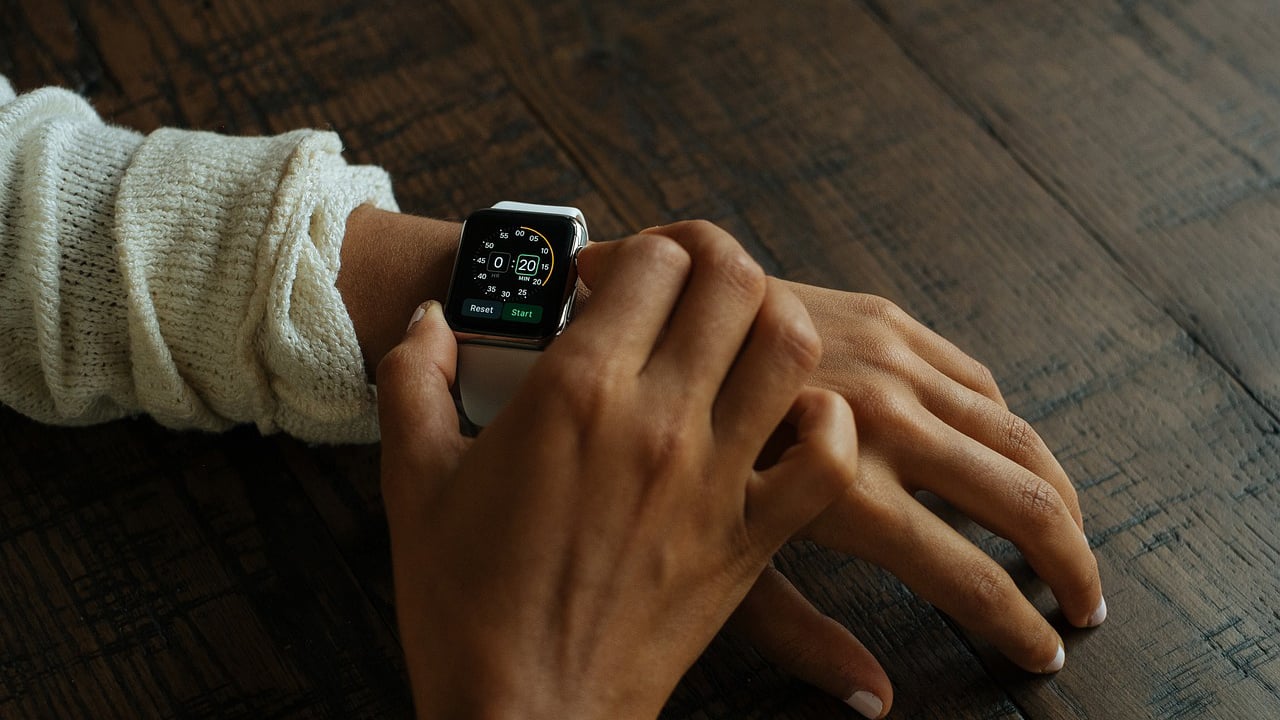
Image by fancycrave1, from Pixabay
New Bioelectrode Material Makes Wearable Tech More Comfortable
Researchers at Tokyo Institute of Technology have developed a new type of bioelectrode material for wearable devices. This material is a breakthrough because it’s both stretchy and breathable, allowing it to comfortably hug the skin during long-term use. This innovation fixes key problems with current bioelectrode materials, paving the way for more comfortable and effective wearables in healthcare and fitness.
The industry of wearable devices that track our health is steadily growing. It is expected to grow at a CAGR of 16.60% from 2023 to 2032. However, the materials used in these devices, like metals and gels, aren’t ideal. They can be stiff and uncomfortable to wear for long periods, and they can trap sweat leading to irritated skin and skewed readings. That’s why scientists are looking for better bioelectrode materials.
In their recent paper the research team led by Assistant Professor Tatsuhiro Horii and Associate Professor Toshinori Fujie from Tokyo Institute of Technology (Tokyo Tech) detailed their new nanosheet. They created a new bioelectrode material that stretches with the skin, lets sweat pass through, and sits snugly for accurate biosignal readings. This innovative material combines a network of conductive single-walled carbon nanotubes with a stretchy poly (styrene-b-butadiene-b-styrene) base.
Rigorous testing confirmed the material’s resilience for long-term wear. The bioelectrodes withstood soaking in artificial sweat, repeated bending, and rubbing, demonstrating their suitability for extended use.
This innovation marks a significant leap for wearable health tech. Extensive research has already shown the promise of wearables in healthcare, with applications constantly expanding.
For instance, a recent research review highlighted the potential of smartwatches in healthcare. These devices hold promise for early detection, prevention, and improved management of various medical conditions. Indeed, smartwatches can track sleep patterns to predict potential schizophrenia episodes, aiding in relapse prevention. Additionally, they can provide continuous data on movement patterns for Parkinson’s disease management, monitoring aspects like arm swing, tremor duration, and finger tapping.
This new bioelectrode material is a key piece of the puzzle, enabling more comfortable and accurate data collection, further unlocking the potential of wearables to revolutionize healthcare.


 Previous Story
Previous Story

 Latest articles
Latest articles 

Leave a Comment
Cancel